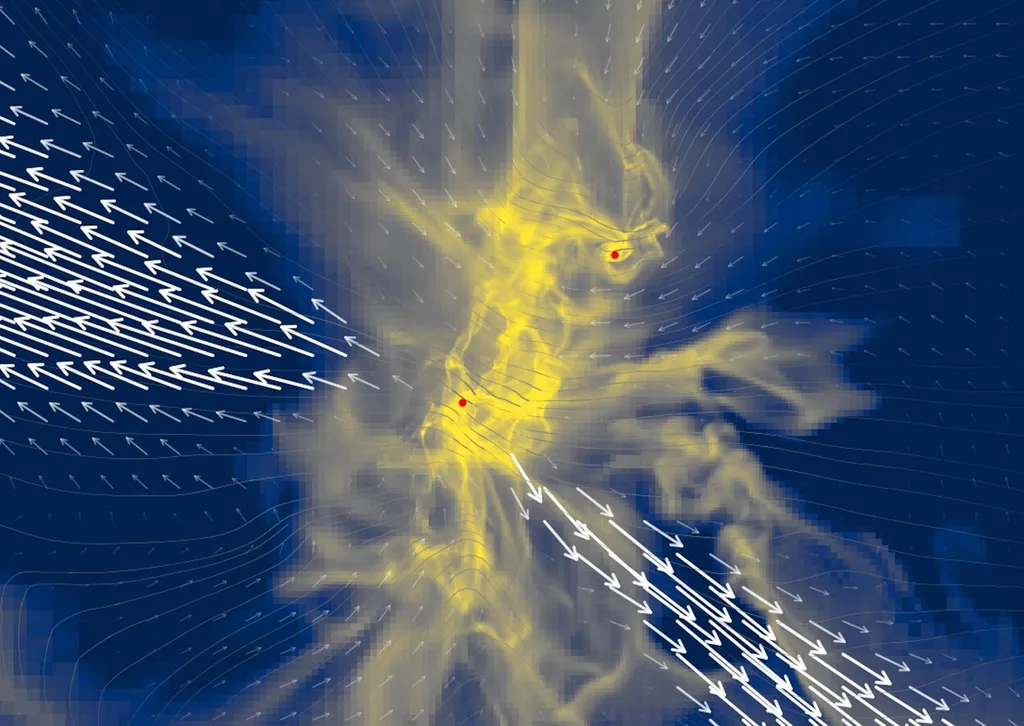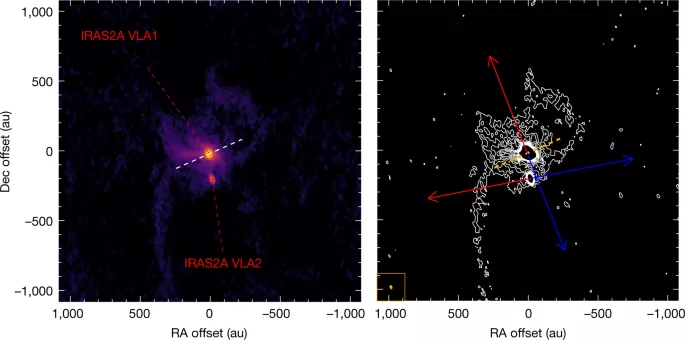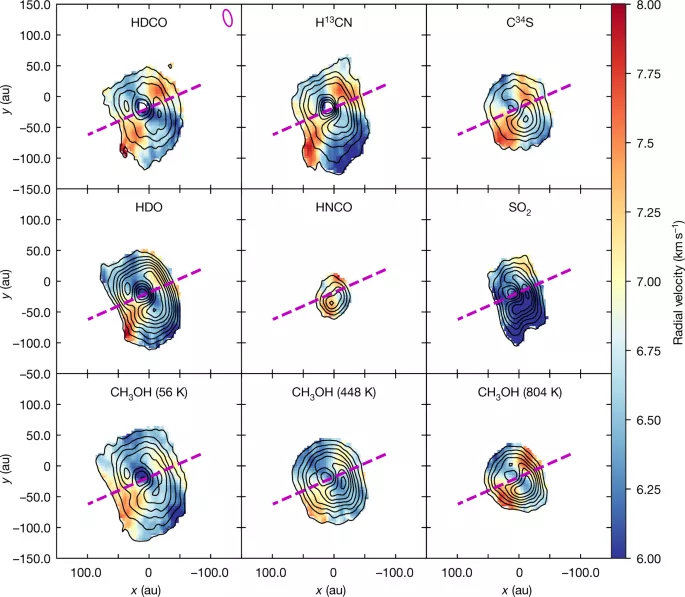
Since the only known living planet, the earth, revolves around the sun, planetary systems around stars of similar size are obvious targets for astronomers trying to find extraterrestrial life. However, almost every second star in this category is actually a binary, a pair of stars bound by gravity and orbiting each other. A new study from the University of Copenhagen shows that the formation of planetary systems around binary stars is very different from that around single stars such as the sun.
"This result is exciting because in the coming years, the search for extraterrestrial life will be equipped with several new and extremely powerful instruments. This enhances the significance of understanding how planets form around different types of stars." Professor Jes Kristian J ø rgensen of the Nils Bohr Institute at the University of Copenhagen, who led the project, said: "such results may identify areas of particular interest in exploring the existence of life."

Astronomers from Taiwan, China and the United States also participated in the project. The results were published in the famous journal Nature on May 23.
The explosion shaped the planetary system
The new discovery is based on the observation of a young binary system by Chile's alma telescope, which is about 1000 light-years away from the earth. The binary system, called NGC 1333-iras2a, is surrounded by a disk of gas and dust. The observation results can only provide researchers with a snapshot of a point in the evolution of the binary system. However, the group has used the computer to observe and supplement the results forward and backward.
"Observations allow us to magnify stars and study how dust and gas move toward the disk. Simulations will tell us what physics is at work, how these stars evolved before the snapshots we observed, and how they will evolve in the future," explained rajika L. kuruwita, a postdoctoral fellow at the Nils Bohr Institute and second author of the nature article.
It is worth noting that the movement of gas and dust does not follow a continuous pattern. At some point in time -- usually a relatively short ten to one hundred years in a thousand years -- the movement becomes very intense. Gemini becomes ten to a hundred times brighter than before until it returns to normal.
It is speculated that this cycle pattern can be explained by the duality of Gemini. The two stars surround each other. In a specific time interval, their combined gravity will affect the surrounding gas and dust disk, causing a large amount of material to fall to the star.
"The falling material will cause significant heating. The heat will make the star much brighter than usual," rajika L. kuruwita said, adding: "these eruptions will tear apart the gas and dust disks. Although the disks will be established again, the eruptions may still affect the structure of subsequent planetary systems."
Comets carry the building blocks of life
The observed star system is still too young to form planets. The team hopes to get more observation time in Alma to study the formation of planetary systems.
Not only planets, comets will also become the focus of attention. "Comets are likely to play a key role in creating the possibility of life evolution. Comets usually have a high content of ice and organic molecules. It is well imagined that organic molecules were preserved in comets in the barren era of the planet, and later comet impact will introduce these molecules to the surface of the planet," said Jes Kristian J ø rgensen.

In this case, it is important to understand the role of the outbreak. "The heating caused by the explosion will cause the evaporation of dust particles and the ice around them. This may change the chemical composition of the materials that form the planet."
Therefore, chemistry is part of the scope of research. "The wavelengths covered by Alma allow us to see fairly complex organic molecules, so molecules with 9-12 atoms and containing carbon. Such molecules can become components of more complex molecules, which are the key to life as we know it. For example, amino acids have been found in comets."
Powerful tools join the search for space life
Atacama large millimeter wave / submillimeter wave array (ALMA) is not a single instrument, but 66 telescopes operating in coordination. This makes its resolution much better than that of a single telescope.

Soon, the new James Webb Space Telescope (JWST) will join the search for extraterrestrial life. Towards the end of this decade, JWST will be supplemented by the European maximum telescope (ELT) and the extremely powerful square kilometer array (ska), both of which are scheduled to start observation in 2027. The European maximum telescope will become the world's largest optical telescope with its 39 meter mirror and will be ready to observe the atmosphere of exoplanets. Ska will consist of thousands of telescopes from South Africa and Australia, and its wavelength will be longer than Alma.
"Ska will allow direct observation of large organic molecules. The James Webb Space Telescope works in infrared, which is particularly suitable for observing molecules in ice. Finally, we continue to have Alma, which is particularly suitable for observing molecules in the form of gas." Jes Kristian J ø rgensen concluded: "combining different sources will provide a lot of exciting results."
A scientific article on the study of binary system NGC 1333-iras2a was published in [Nature] on May 23( https://www.nature.com/articles/s41586-022-04659-4 ) 》In the magazine.